A Visit to Bo Kaap, Cape Town
Bo Kaap is where Cape Town’s Muslim community has traditionally resided. Walk around and you’ll see mosques and friendly locals in Islamic attire. But the most arresting feature of the neighborhood are the incredible colors of the houses.
Lots of photos in this post.
.
.
Want to get orientated with Bo Kaap? Take this downtown walking tour.
I’ve stuck to photos of the houses but there is much more to the neighborhood. Many people come here to taste Cape Malay food which is excellent. Biesmiellah Restaurant has been recommended. You can also take cooking classes if you want to learn how to do Cape Malay cuisine on your own (we did it and it was a lot of fun). Finally, there is the Bo Kaap museum which is an excellent way to find out more about the people and history of the neighborhood.
.
Bo Kaap is easily the most photogenic district in Cape Town and, being an easy 10 minute walk from Greenmarket Square, is definitely worth a visit.
Related: 15 Things to Do in and around Cape Town
Related: Photo Essay: the Atlantic Coastline of Cape Town
Related: The Ultimate Guide to South Africa
Ps. If you find our blog helpful, please consider using our links to book your flights, hotels, tours, and car rentals. Have a look at our Travel Resources page.
.

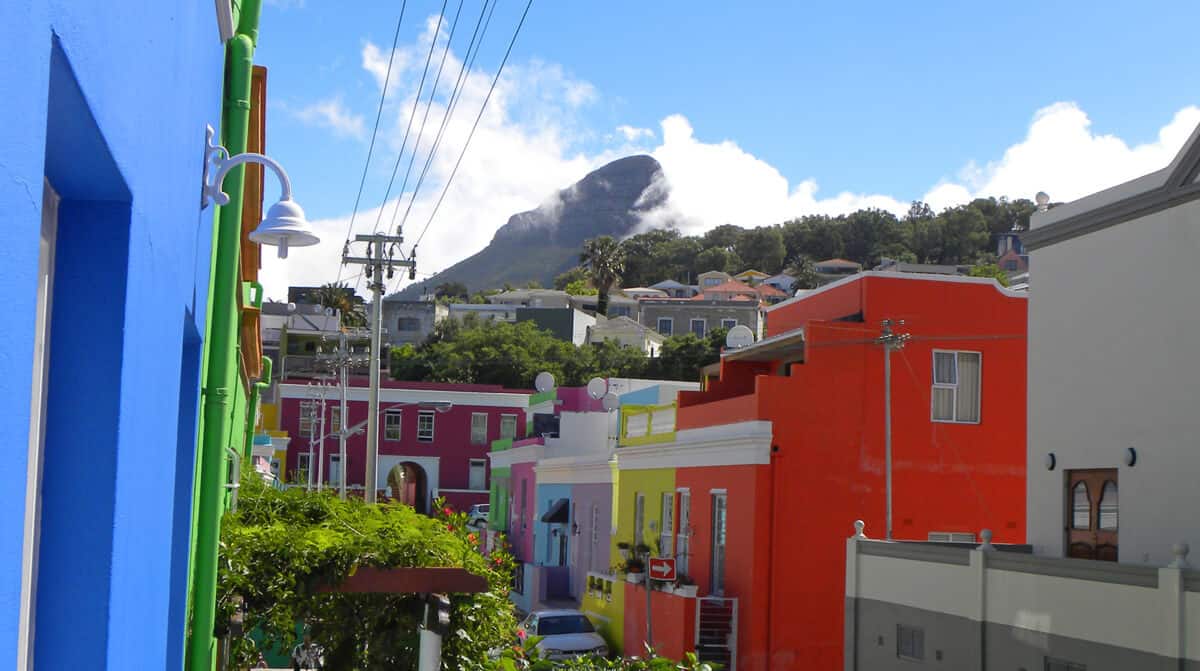
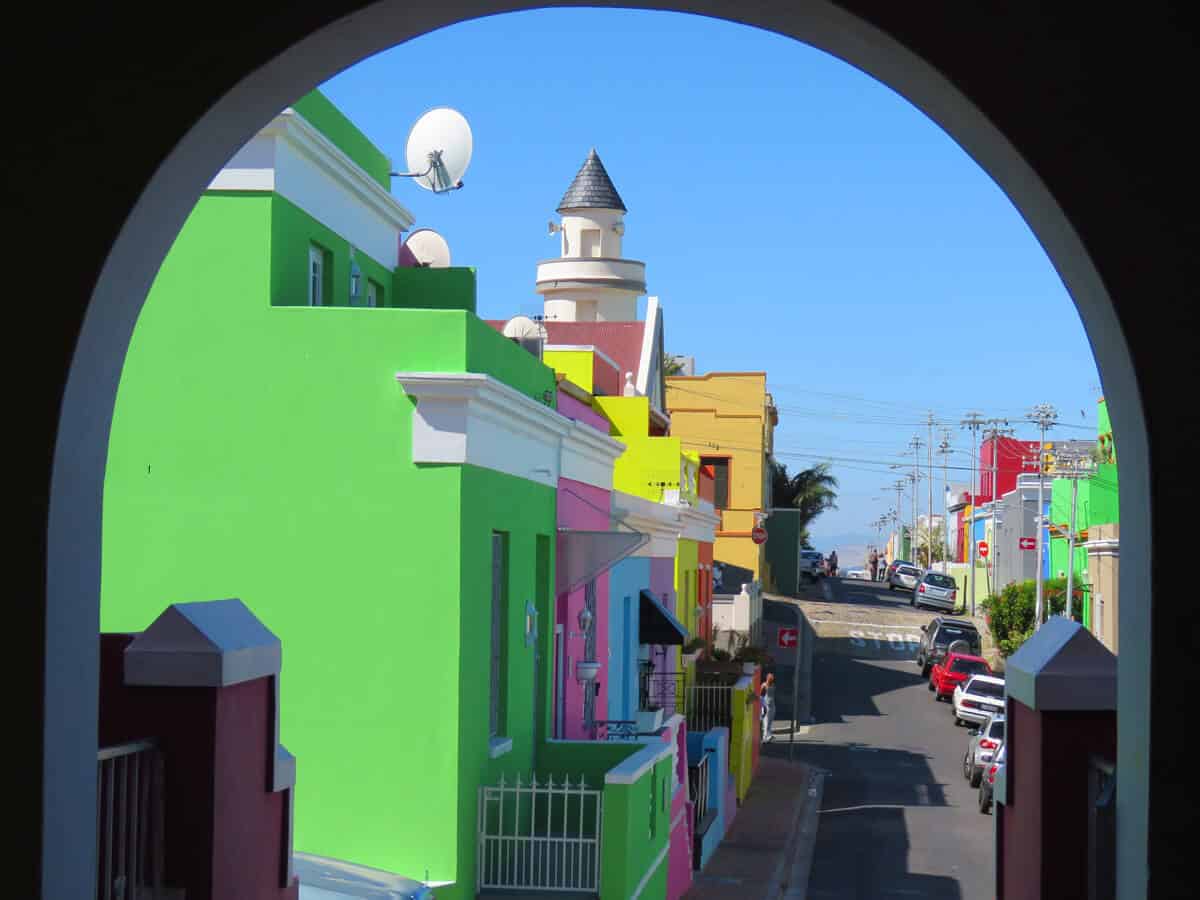

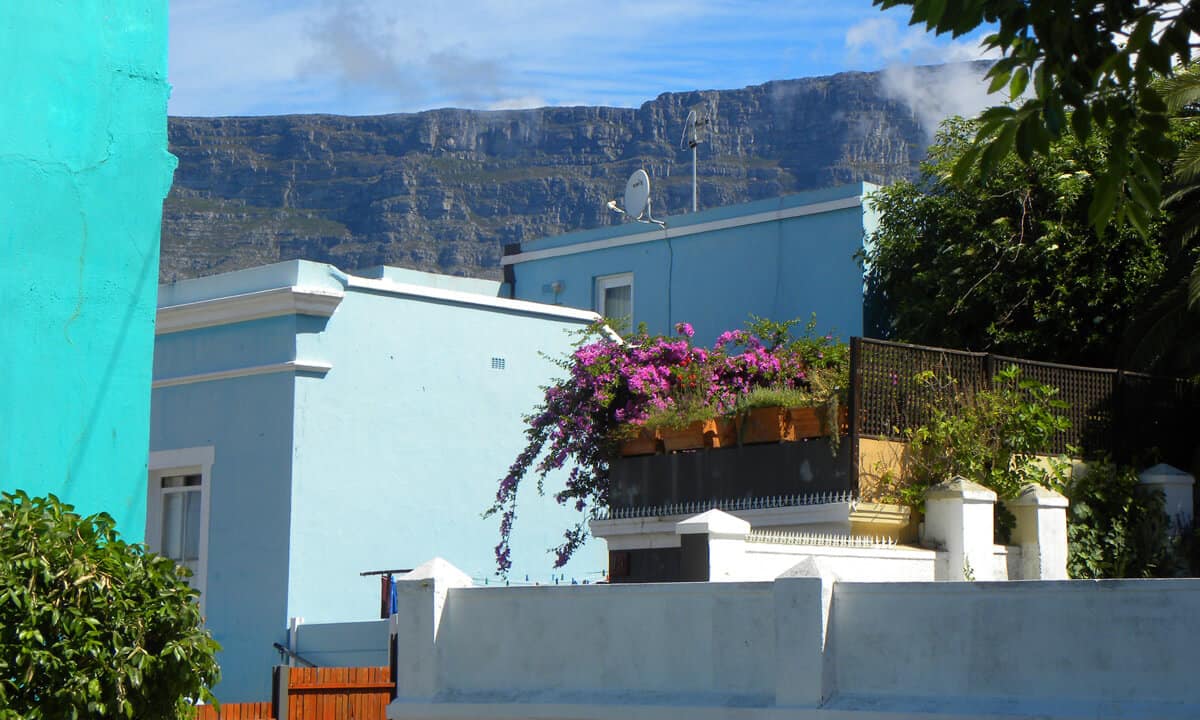
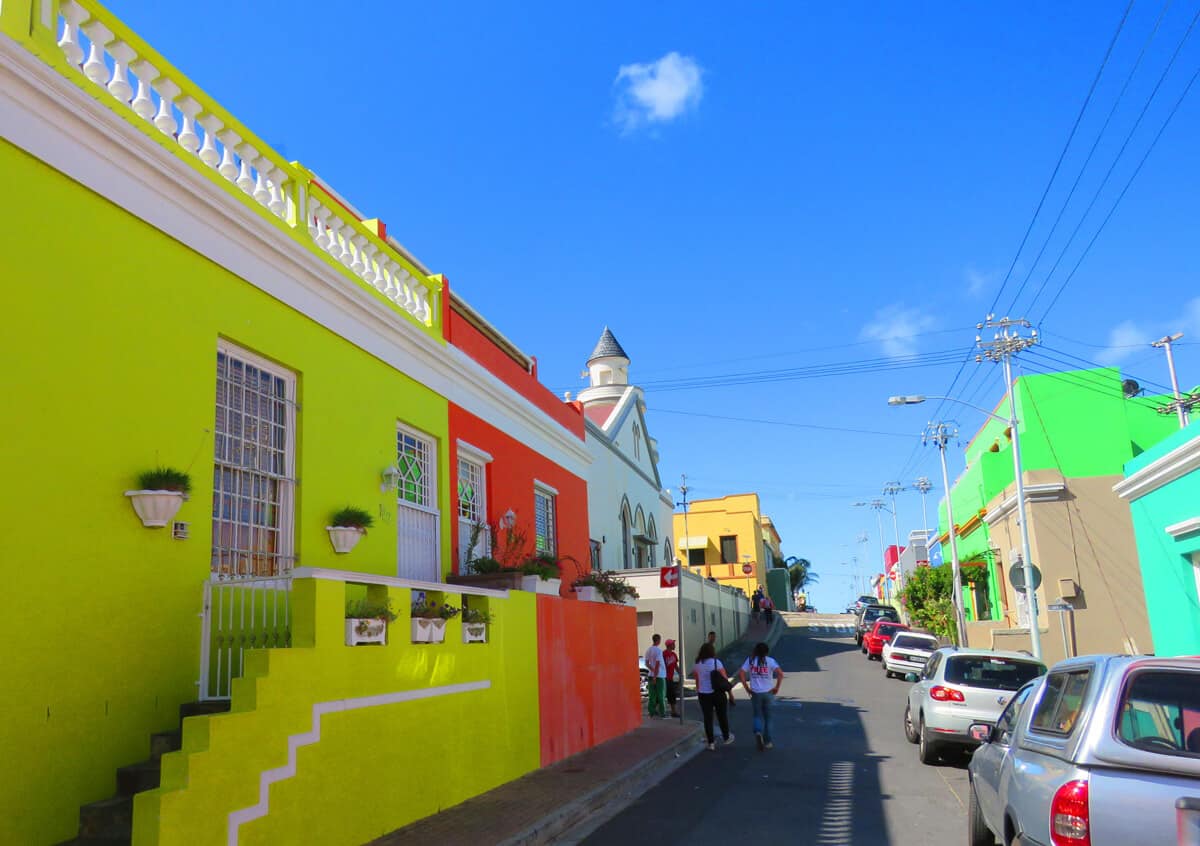
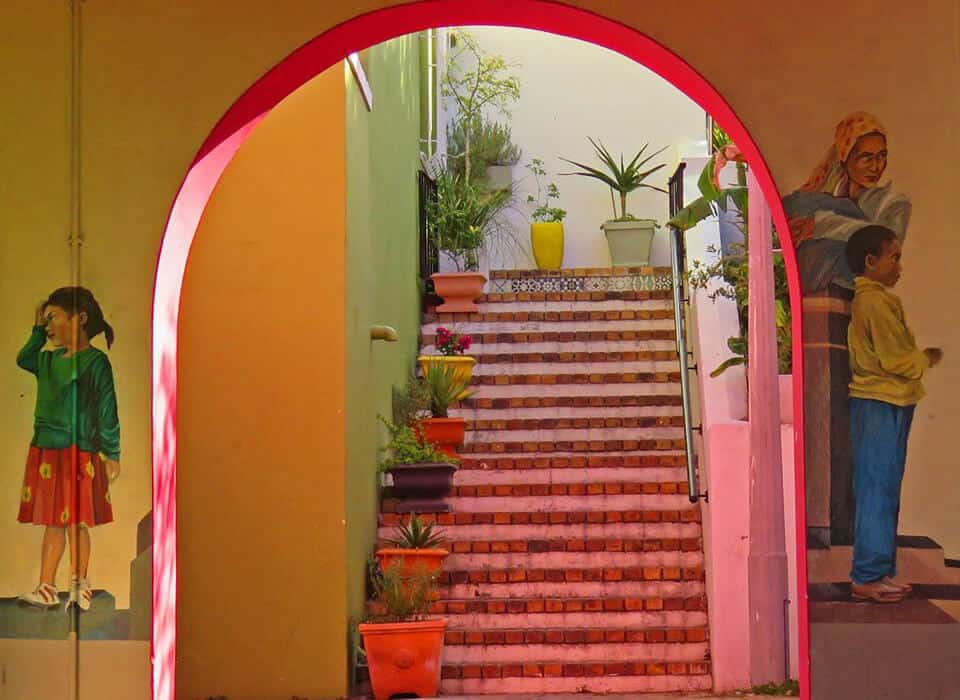
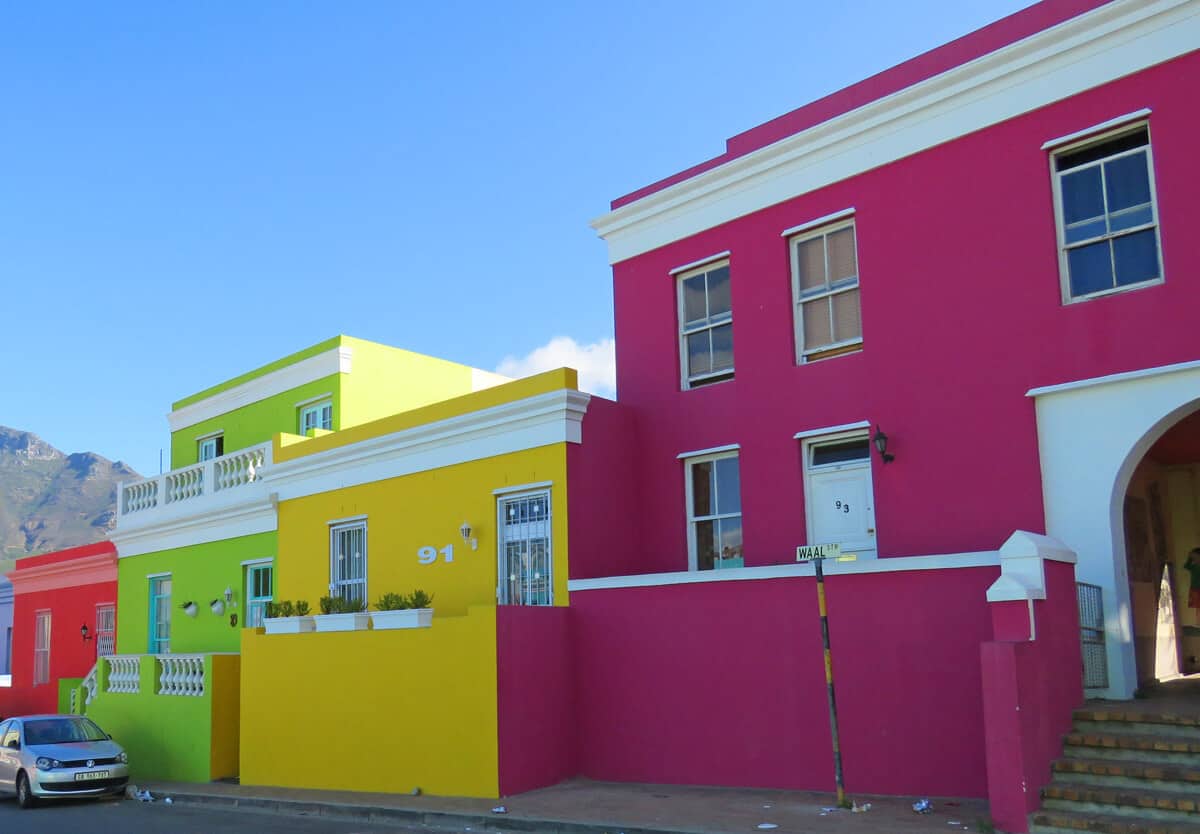

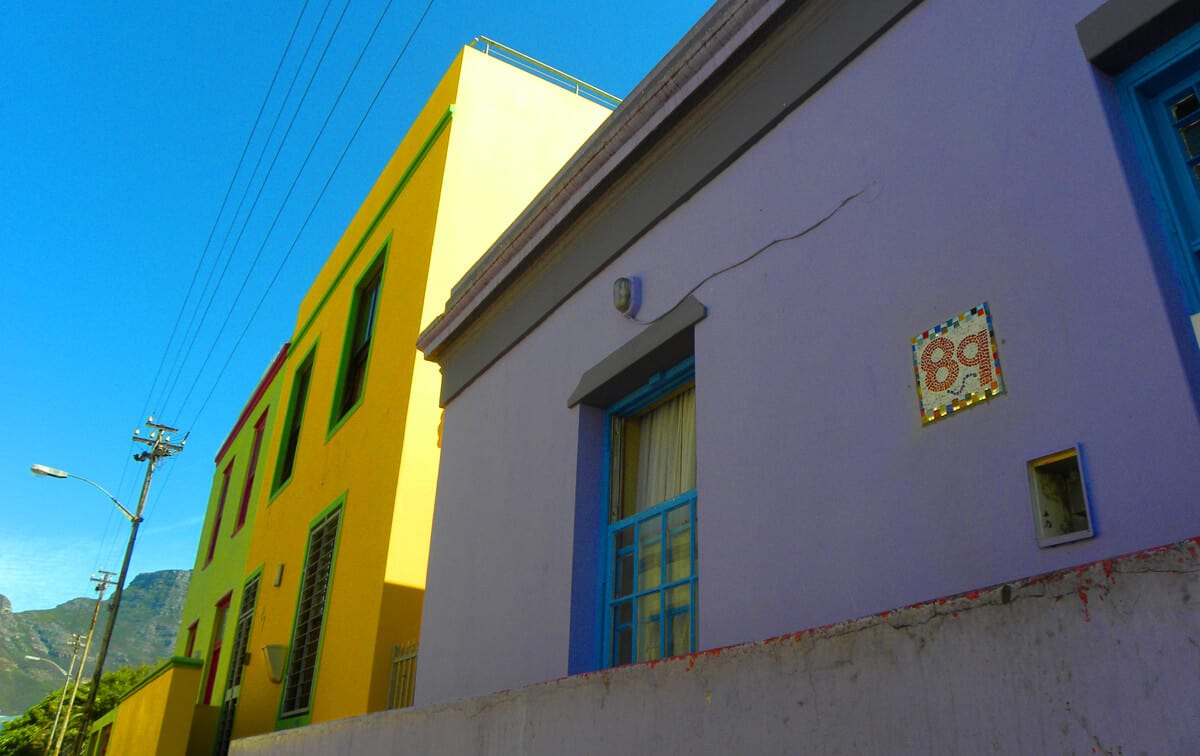
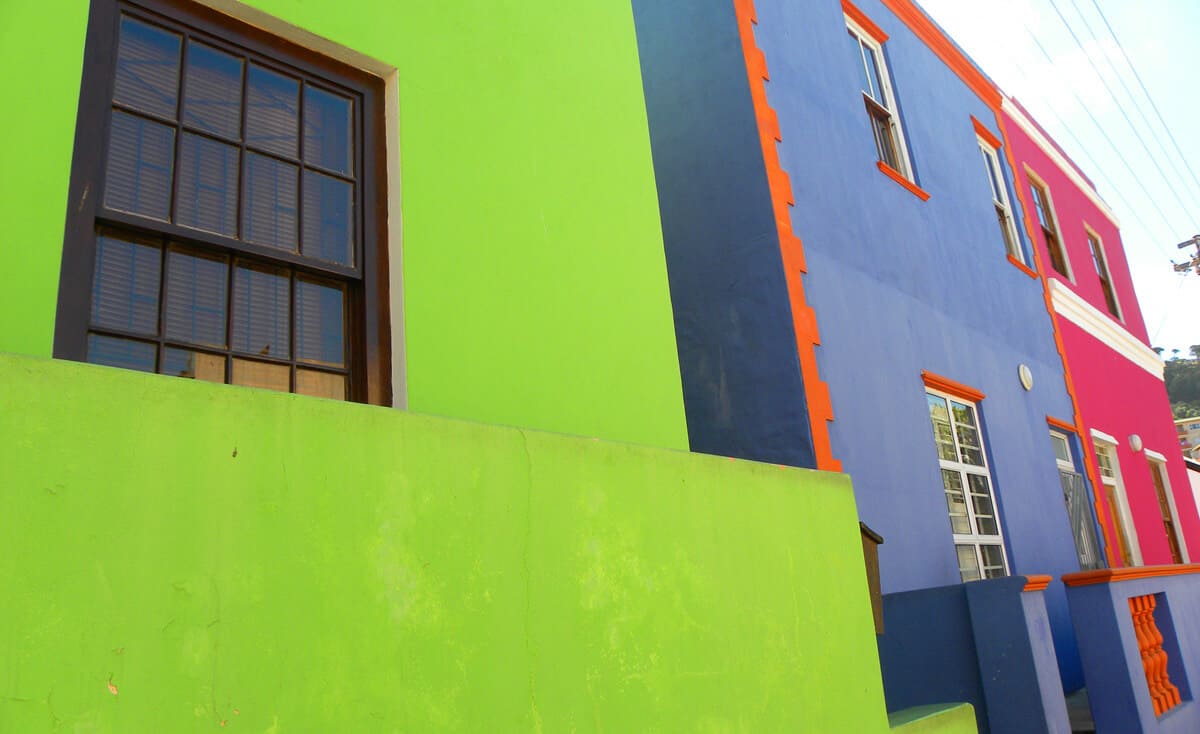
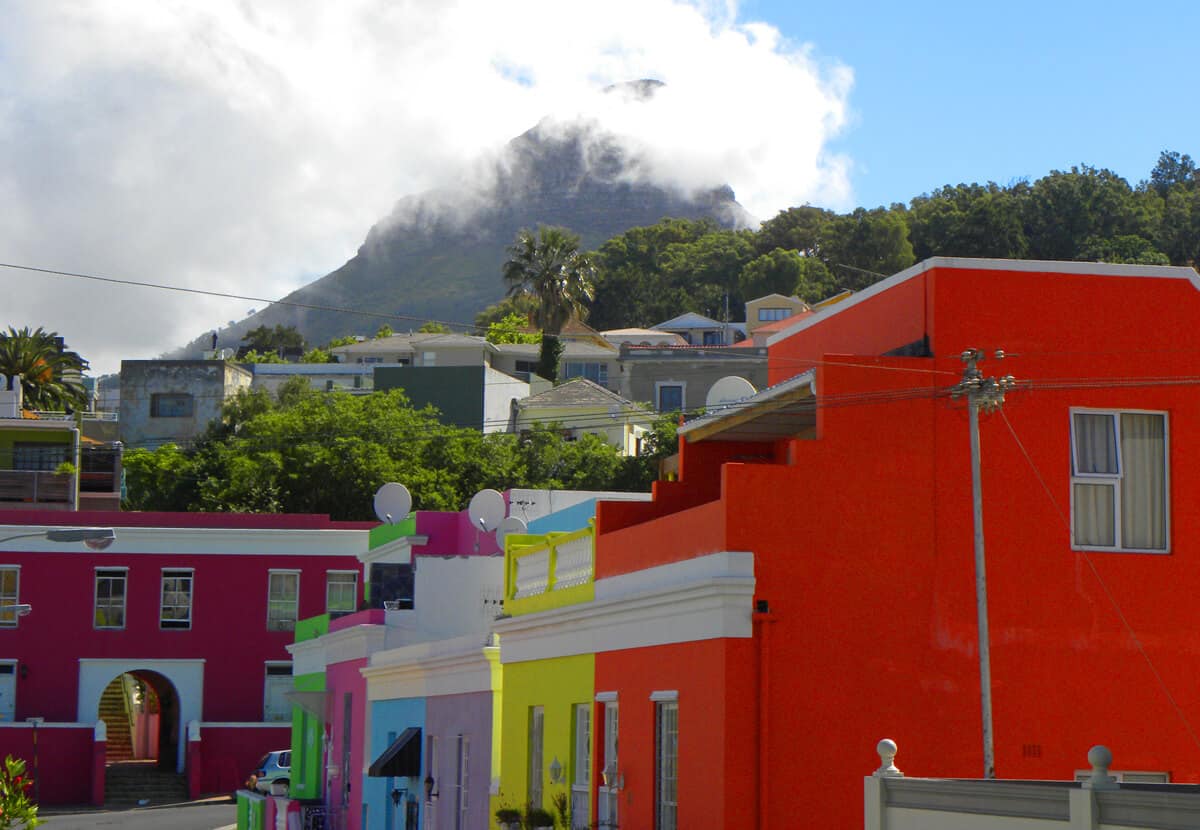

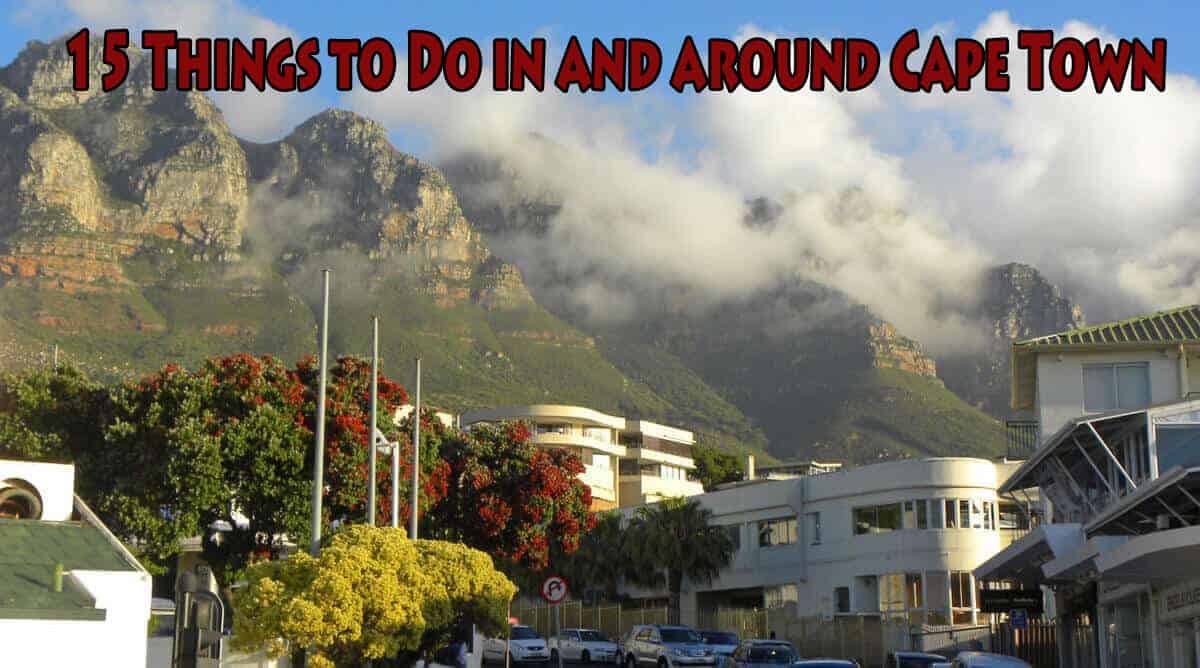
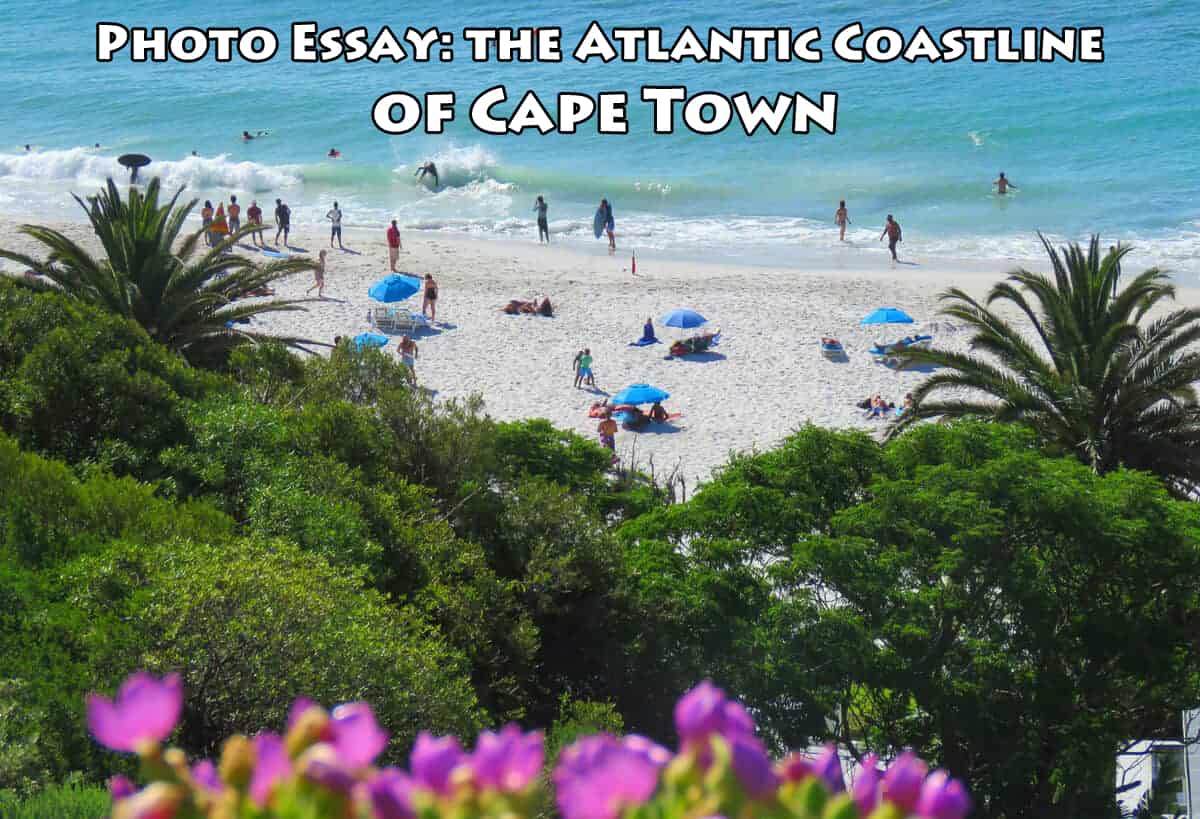
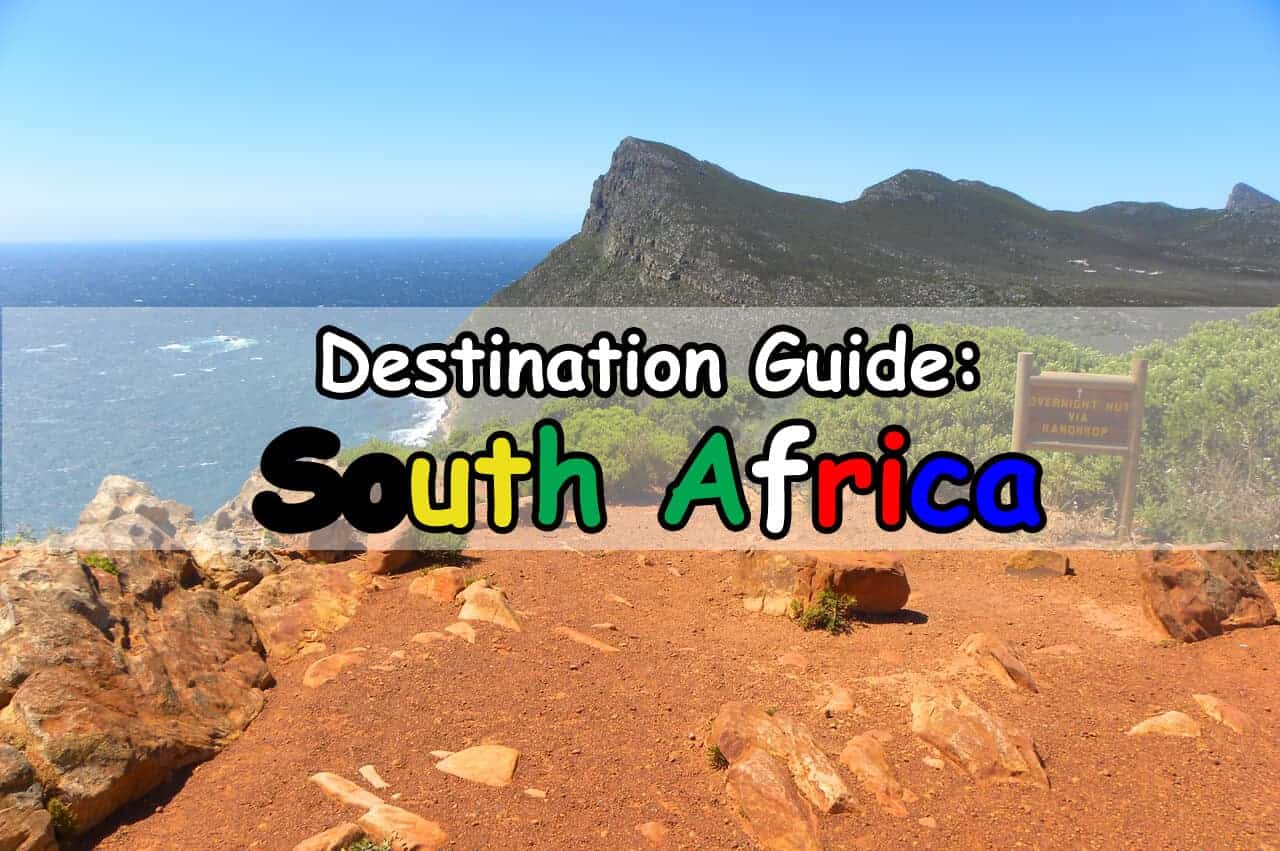
That is absolutely amazing! I did not expect Cape Town to be like this – everything I love – colorful, original local houses situated in perfect natural landscape. I just came from Azores and the nature was quite similar. I miss it so much! I envy you to be there.
How is the safety situation in Cape Town? I read so many stories online – but I also read a lot about Peru, Middle East and other places that in reality, turned out to be friendly and amazing. I’d love to hear an opinion on this matter from you.
Hi Tom. Cape Town has a high crime rate but much of that is in the townships of the Cape Flats, outside the center of the city (where there is a lot of poverty). You still have to be careful, especially at night, when you can get had a bag grabbed or be pickpocketed. We take precautions: we’re out mostly during the day (when it feels safe) and when we do go out at night we take Uber home. Security everywhere is high: fences, electrified wire, neighborhood watches…
But generally we feel safe and the locals very helpful. Feels much safer for example than Rio where we were always looking over our shoulder. We’re not taking anything for granted though.
Malaysian muslims?
Hey Tom. A little history:
Most of the current residents are descendants of slaves brought in from Malaysia, Indonesia, and some of the islands around India by the Dutch as skilled labor (this started in the 1650’s when the Dutch came here). When slavery ended in South Africa in the 1830’s the then freed slaves moved to this area and made it home. Painting of the houses was started by a few tradespeople who wanted to make their shops stand out (they ended up having color codes for bakeries, tailors, carpenters etc). It wasn’t a rich area and the residents all then decided to beautify the neighborhood by painting their homes in these bright colors.
When apartheid came into effect in 1948 (to 1994) the neighborhood was declared an exclusive residential area for Cape Muslims.
Many still live here today although gentrification has become a bit of a problem as non-Muslims have bought some of the houses. The area is right next to the center of downtown so it’s a great location and prices have soared in the neighborhood.